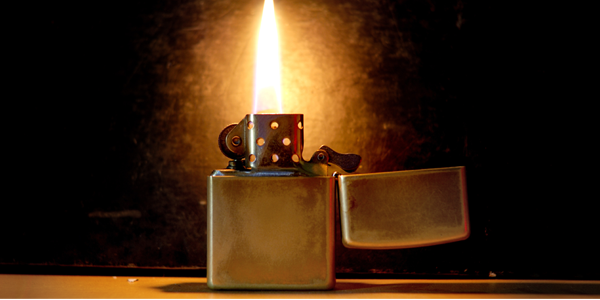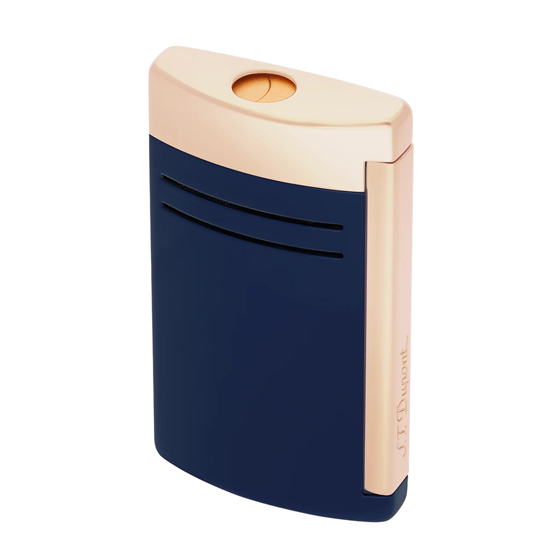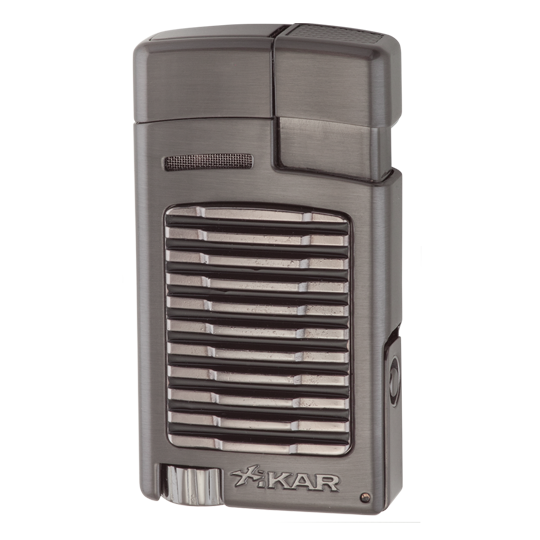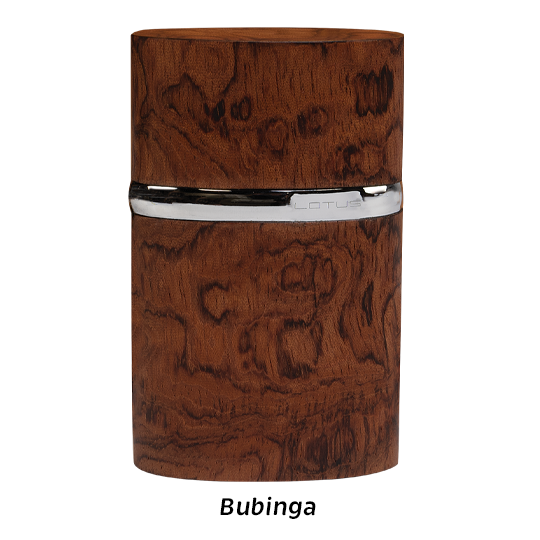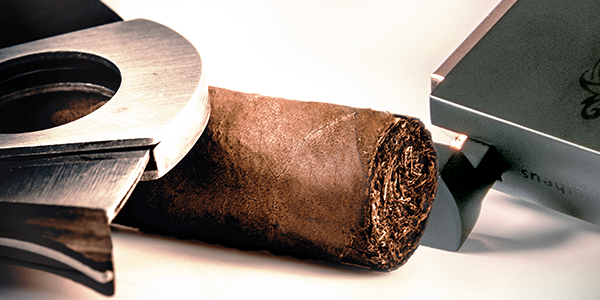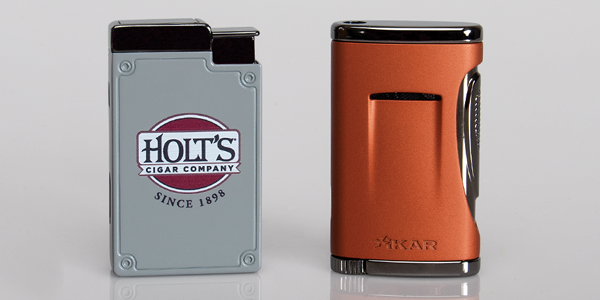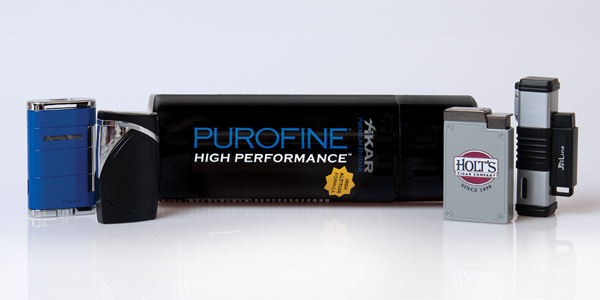The History of Cigar Lighters
A good cigar lighter is a great thing. Today, they withstand wind and get your stogie burning in seconds. Lighters have come a long way since they were invented in 1823, or 1816. In any case, it was in the 19th century.
In the Beginning
The original lighters were made from converted firearms and they were not exactly portable. Johann Wolfgang Döbereiner, a German chemist, is credited with inventing the first lighter.
“Döbereiner’s Lamp,” as the lighter was called, used hydrogen gas passed over a metal catalyst that caused a reaction creating heat and light. Not exactly small. Not exactly safe.
Eighty years later, an Austrian scientist, Carl Auer von Welsbach patented the substance “ferrocerium.” Ferrocerium, often confused with flint, produces a spark when it’s scratched that lights the fuel in the lighter. Flint became popular in the 1920s.
This is the step forward that made today’s lighters possible. For the next 30 or so years, incremental improvements were made to the lighter. Soldiers in World War I created lighters using empty shell cartridges, adding a cap with holes in it to surround the flame. In 1932, the Zippo lighters company was founded using that design element. Zippo founder George G. Blaisdell sold his first pocket lighters for $1.95. So confident was Blaisdell in their performance, he offered a lifetime guarantee on Zippo lighters.
Fuel
Early on, lighters used naphtha as fuel, but a change to butane occurred in the 1950s. Butane created a more controllable flame and was less smelly than naphtha, often found in lighter fluid. The use of butane also led to the creation of the “piezoelectric spark,” replacing ferrocerium. This spark is created by applying pressure (friction) – say, the push of a button or turn of a wheel – against a crystal that contains electricity. When pressure is applied, the crystal gives off an electric discharge that lights the fuel.
The use of butane also made it possible to get rid of the cloth wick inside of lighters that naphtha required. Now, the flow of the butane was what caught fire. The newer lighters coordinated, or combined, the creation of the spark with the beginning of the flow of gas. Ignition!
Which Caught Fire First?
A sort of side note, but an interesting one, is that the lighter predates the match as we know it today. Three years after “Döbereiner’s Lamp,” an Englishman named John Walker (not related to the blended scotch) invented the first match related to the kind we use today. You know, the one you strike. But the Walker matches were not very reliable. In 1928, a Frenchman named Charles Sauria made a match of white phosphorous, a very combustible substance that often would ignite on its own. Also, white phosphorous is highly toxic. White phosphorous was replaced in the 1900s with phosphorus sesquisulfide, a much safer, non-toxic alternative. Now, it is the sandpaper on which a match is struck that contains the spark-creator. Sulfur and potassium chlorate are placed on the end of the matchstick. When that is rubbed across the red phosphorus-coated sandpaper, a spark intense enough to light the matchstick on fire results.
The Torch
You might prefer a soft flame, like that created by a Zippo or other lighter, but pocket butane torches are now very popular. The torch can light your cigar, even if it’s relatively damp, much faster than a match or soft flame. These torches reportedly create a flame hot enough to melt many common metals, and impurities in the butane, so be very careful using them to light a cigar.
These lighters also use butane as the fuel, but instead of just having the fuel dumped in the air to mix with the spark, torch lighters create pressure through a metal plate with very small holes in it, pushing the fuel to mix with the air before burning. This often creates a blue flame that is burning more efficiently to produce temperatures of more than 2300°F. That’s the main difference between, say, an ST Dupont Maxi Jet or Xikar torch lighter and a Zippo. Today, the biggest makers of torch lighters have adopted lifetime warranties on their products, following the example Zippo set in the 1930s.

